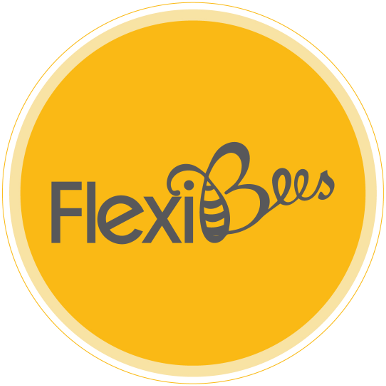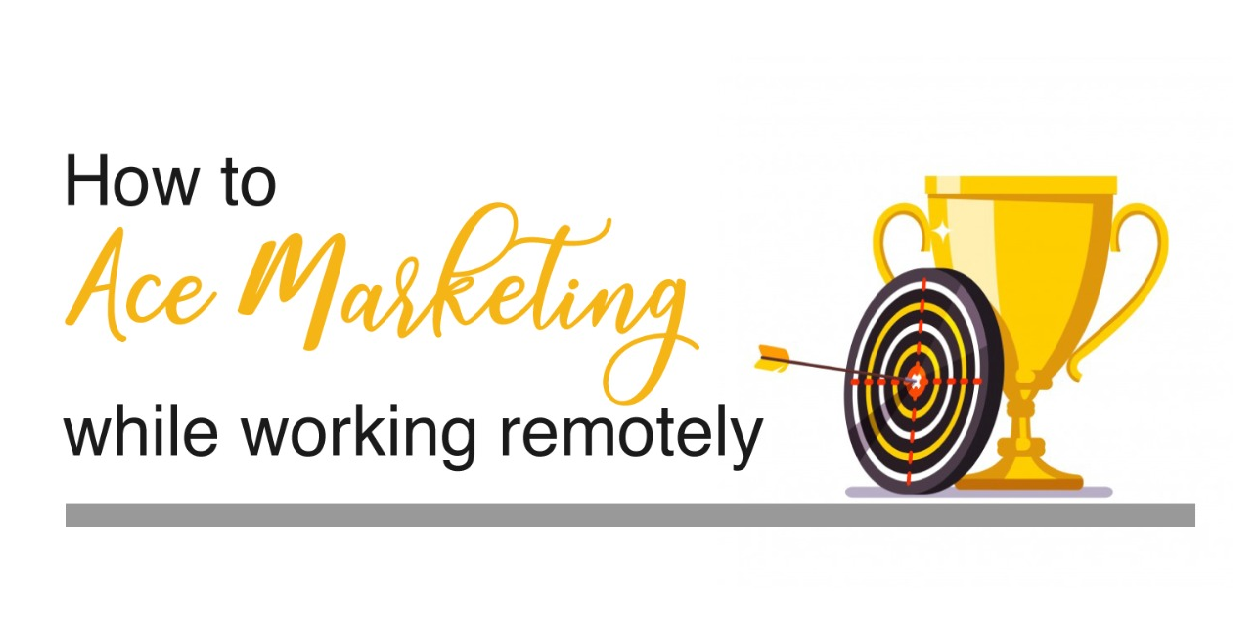How to Ace Marketing while working Remotely
Winning at Marketing while working remotely is likely not perceived to be as difficult as some other functions like Sales ( you could go here for some ideas on winning at Sales in the era of remote working), but it has its challenges. Marketing is thought of as a function that is fuelled by face-to-face jamming sessions and late night bursts of creativity, and while there is some truth to that, marketing is a lot more than that. Also, one can find ways to recreate the creative high of jam sessions and late nights even while working from miles apart.
We at FlexiBees have been working remotely since the time we came into existence 3 years ago, with our 24-member team spread out across cities and even countries, and we definitely understand the highs and lows of remote marketing. So we thought to put together a few guidelines basis what works for us on creating that marketing magic while working remotely.
#1 Follow the process
Having spent most of my professional life in marketing, in my view the most ill-known fact about the function is that there is a great deal of process that drives it. Marketing is not all leap of faith and creative expression, there is some of that, but there is a lot of logic to the magic that the audience finally sees. The process is pretty crucial and if followed intelligently and meaningfully, that’s half the battle won, no matter how far your teams sit.
A brief view of the marketing process we follow can be found here. To summarise, ensure that your
- Overall marketing objectives are defined
- Target audience is clear. There could be multiple ones for your business, and your marketing will run in parallel work-streams in that case
- The overall Insight and Theme for your messaging will flow from the above two and will be your North Star through all of the marketing you do
- More topical and short-lived campaigns can deviate a bit from the overall theme (for example, right now we are running a Corona centric campaign to help Startups tide over these difficult times). Make sure the campaign objectives are discussed at the start of each campaign and aligned, as is the theme
As a bonus point, one process I always follow is that before writing the copy for any creative, my team or I put down the key insight driving the creative and the message or FlexiBees benefit that we are trying to communicate. Especially with short creatives where the copywriting has to be really crisp and succinct, this helps in driving clarity.
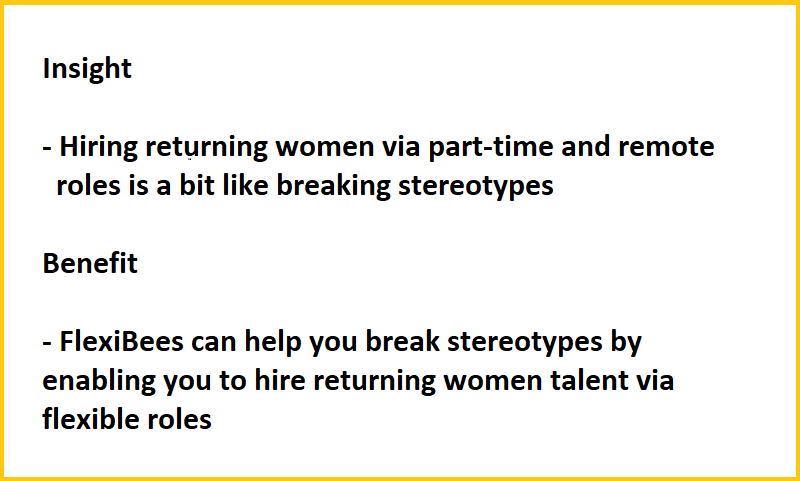
#2 Use face-to-face ideation at relevant stages of the creative process
At the beginning when you are trying to put together the fundamentals like the key objectives or themes, do get the team or relevant members together and ideate like you would across the table during any other time. There are tools available that can mimic the offline process, brainstorming apps and such that you could check out. We don’t use those, but do a simple video call, with some preparation (like past results, new challenges, competitive actions, reference materials, etc) so the team has the information they need to be most productive.
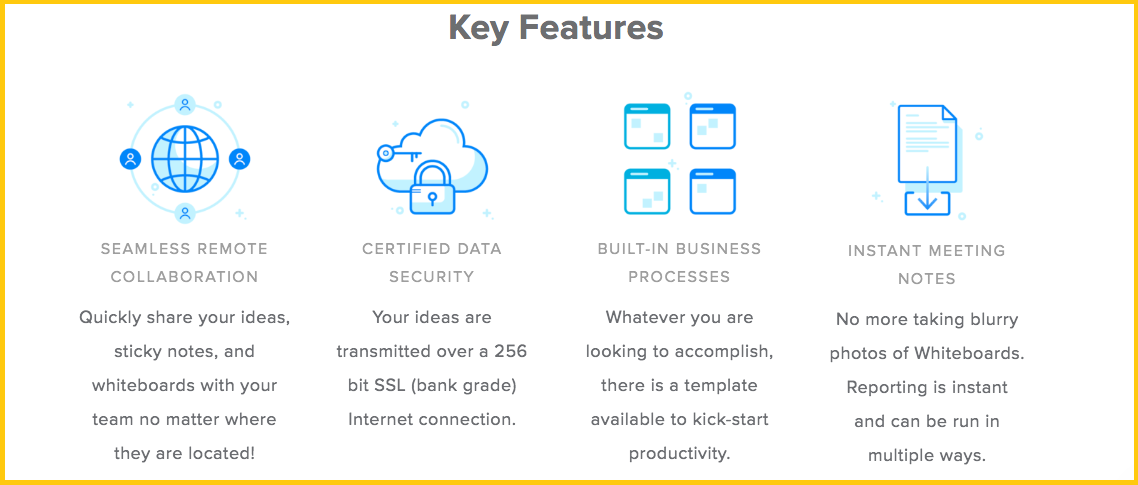
#3 Use asynchronous tools for clear communication at relevant stages of the creative process
There are certain parts of the creation process that need a high degree of collaboration, such as the creative brief for each campaign or creative. It is important that these be put down in writing, and relevant team members (like the Design team) have access to it. Use asynchronous tools to enable this collaboration, in this case it could be a shared powerpoint presentation or a word document where your content marketer puts down the creative briefs for your design team to pick up from. The brief itself should be well detailed, and templatized as per what elements seem standard and critical for you, across campaigns. Similarly shared tools can be used effectively even at the stage of giving feedback, whether on briefs or on draft creatives; first of all writing it down helps you think with clarity, and sharing it makes it crystal clear for the teams who will be viewing and incorporating it into their current or next creations. By all means feel free to pick up the phone and summarise the feedback too, both can co-exist and work very well.
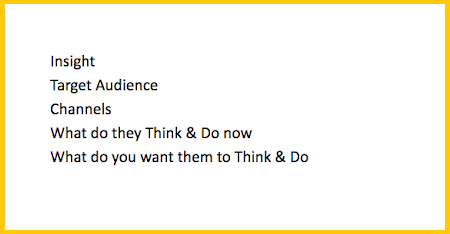
#4 Set a weekly/monthly rhythm
Calendarisation is crucial, and clear timelines must emanate from it. For example, if a video is slotted for the third week of next month, the owner of the calendar must have a network in mind where each task needs to be started and passed onto the subsequent team by certain dates. You as founder can put this rhythm in place, which once set will run like clockwork or as close to it as possible in the world of marketing and save everyone a lot of trouble of running around at the last minute.
#5 Be clear about roles & responsibilities
A lot of startups operate their marketing departments as a one person army, where from copy to design, everything is done by that person. This might seem efficient, but is actually not, not least because it means you as founder are doing the thinking. Once you start growing, you will need to delegate the marketing thinking too to some extent, and for that you need someone who can spend time and effort in doing that job well. Utilising a solid content marketer in making passable designs on Canva is not the best use of their time. And if you think hiring multiple people might be expensive, there is a solution for that - consider hiring them part-time, thus saving on the overall cost.
#6 Share the marketing vision and thinking with your teams
Once the calendar is in place, don’t forget to call your entire team in, including design, digital and tech if relevant, to share the vision and blueprint with them. It goes a long way towards building a sense of a common goal, a lot of clarity, and good-will. And you may even get some good feedback.
#7 Get the distribution right
Creating marketing content is only half the battle, distributing it effectively is what gets it to your audience. Make sure you have the right channels mapped out, the creative is in the right format for the channel in terms of the actual content but also the superficialities lik.e dimensions etc, and there are customised summary blurbs available per channel for maximum audience pull.
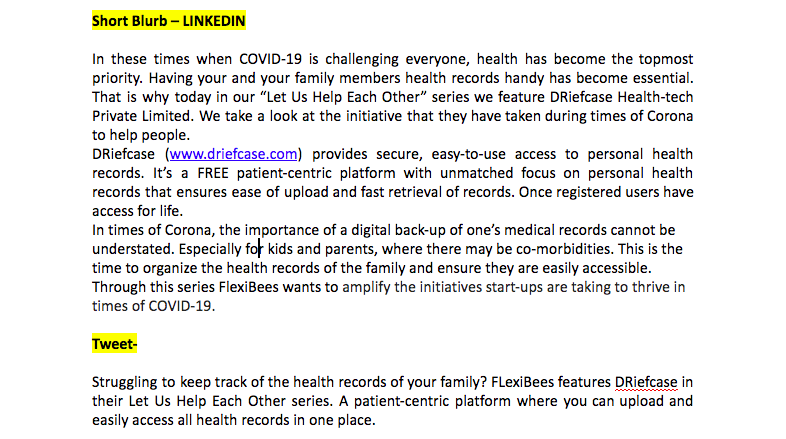
I hope this was useful, and helps spark some thoughts on how you could run your new remote marketing team. If you have any questions, feel free to hit me up. Marketing is a favorite topic for me, and I am down to remote brainstorm on it anytime. Cheers!
**
FlexiBees has provided companies, both startups and established players, with part-time talent for many projects and roles; across a variety of functions & skill-sets like Inside Sales, Business Development, Marketing, Digital Marketing, Public Relations, Investment Banking, Technology, Content Development, Writing, Graphic Design, etc. All these companies have benefited by being able to hire high quality talent at pricing optimised only for the hours of work they need. With the COVID-19 pandemic leading to businesses trying new approaches, strategies, MVPs, etc, part-time and project-based talent, that are high-quality and affordable, can help.
If you have a role requirement, take 2 minutes to fill our form and we will try our best to fulfil it for you, quickly and to your satisfaction.
If you have a role requirement, take 2 minutes to fill our form and we will try our best to fulfil it for you, quickly and to your satisfaction.
